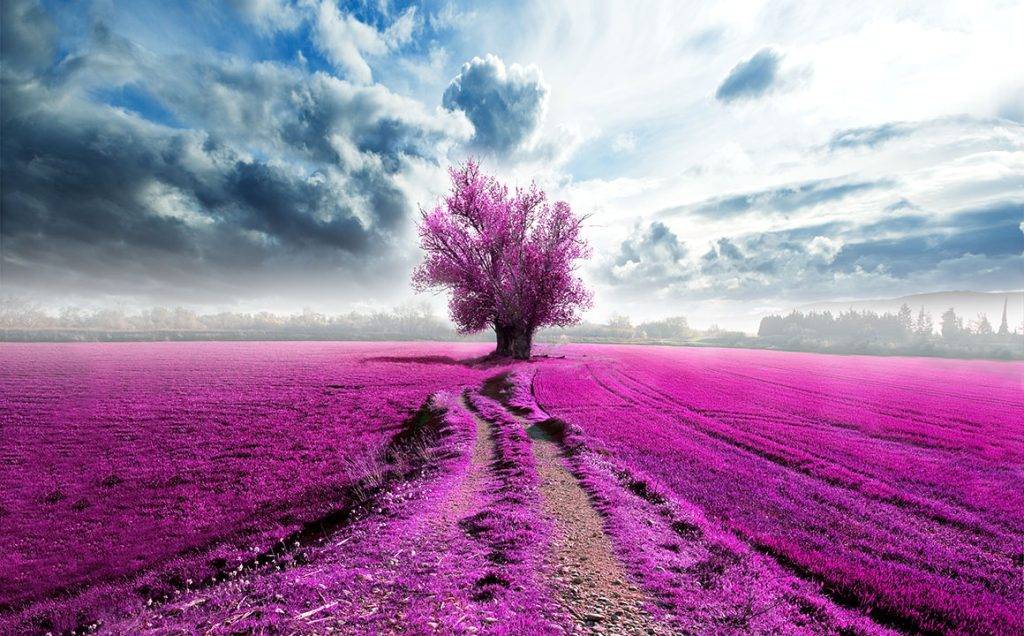There is something so magical about trees. And it goes far beyond their aesthetic appeal. They are resilient, powerful, and also offer a multitude of benefits. They provide shade, sheltering the rest of your plants, and improve the air quality. But they also increase the value of your property! However, how do you choose the right tree variation, especially if you are a beginner? Let’s be real, working on your green thumb takes some time, and there is no shame in that. You can still have a thriving garden, even with little to no skill. So let us guide you through the process with a list of the best tree variations for beginners.
Dogwood Trees
Among the top choices for beginner gardeners are the charming dogwood trees. Their year-round beauty, characterized by delicate blossoms in spring and vibrant greenery in fall, makes them a must-have for any budding landscape. These hardy, medium-sized trees are adaptable to various soil types, making them a hassle-free addition to your outdoor space and one of the best tree variations for beginners. Whether you’re seeking a burst of color or a touch of elegance, the dogwood tree has you covered. Dogwoods can be grown in full sun or partial shade, thought partial shade is best.
Japanese Maple Trees
For those aiming to infuse a touch of grace into their garden, Japanese maple trees are the ultimate go-to. With their distinctive, intricately shaped leaves and a vibrant range of colors that shift from deep reds to golden hues, these trees serve as a captivating centerpiece. Not only are they visually stunning, but their adaptability to varying sunlight conditions and low-maintenance nature make them an ideal choice for beginner gardeners.
Crape Myrtle Trees
When it comes to adding a vibrant burst of color to your garden during the scorching summer months, crape myrtle trees are the perfect solution and one of the best tree variations for beginners. These flowering trees, available in a variety of shades including pinks, purples, and reds, not only add a pop of vibrancy to your landscape. They also attract a myriad of pollinators, including butterflies and hummingbirds. Their ability to thrive in diverse climates and minimal care requirements make them an excellent choice for those new to gardening.
Redbud Trees
If you long for a touch of springtime magic in your backyard, look no further than the enchanting redbud trees. With their delicate pink blossoms that bloom in early spring, these small to medium-sized trees effortlessly infuse a sense of natural wonder into your surroundings. Their adaptability to different soil types, resistance to pests and diseases, and minimal maintenance needs make them an ideal option for beginners. Especially the ones seeking a visually impactful yet easy-to-care-for addition to their garden.
Crabapple Trees
For those with a penchant for an orchard atmosphere, the addition of a crabapple tree can transform your garden into a vibrant oasis. These trees not only produce stunning blossoms in the spring but also yield small, colorful fruits in the fall. And they can be used for making a variety of delectable treats. With their ability to thrive in diverse soil conditions and their resistance to common pests, crabapple trees are an excellent choice for beginners, making it one of the best tree variations for beginners.

